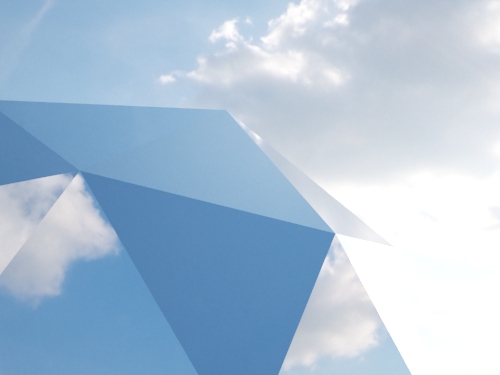If you are using vray and sometimes find that when using a vray dome light as a light source you get pixelated reflections of the sky, try this:
Select your light and type the following in the MaxScript listener:
$.dome_visibleOriginal=2
That comes from Vlado on the chaosgroup forum, he goes on to explain:
It just controls when the dome texture will be evaluated fully and when the values will be taken from the pre-sampled version specified by the "resolution" parameter. The presampled version is calculated faster, but is jagged. A value of 0 means that the pre-sampled version is used always; a value of 1 means that the presampled version is used for GI and glossy rays, and a value of 2 means that the presampled version is used only for GI rays. 2 should probably be the default, now that we have it.
I have never really noticed it, because the places it might show up (architectural glazing for example) I usually dont use glossy reflections. When I say glossy reflections, I mean any vray material with a glossy reflection value of less than 1.
Here is an example of the problem:












